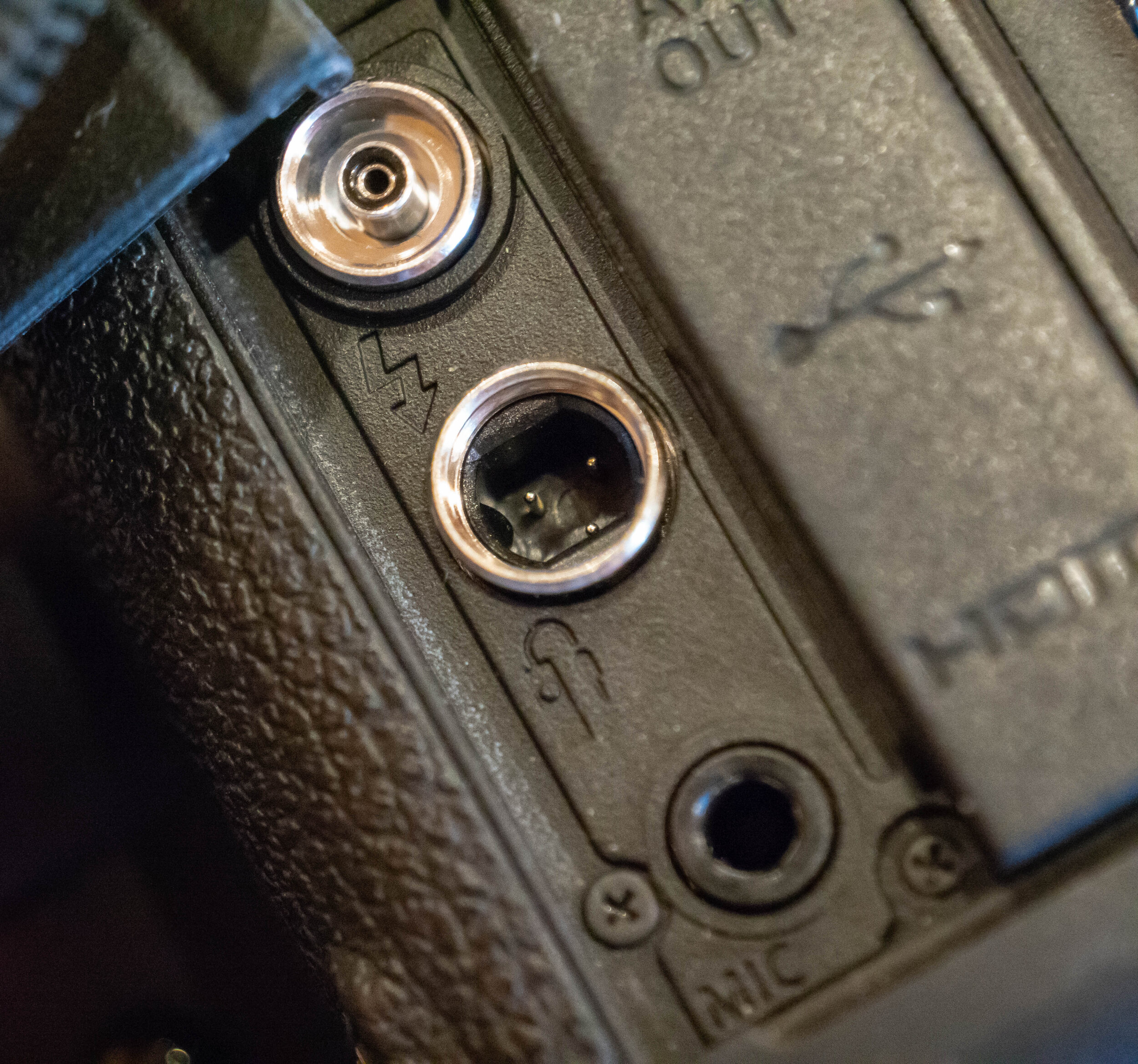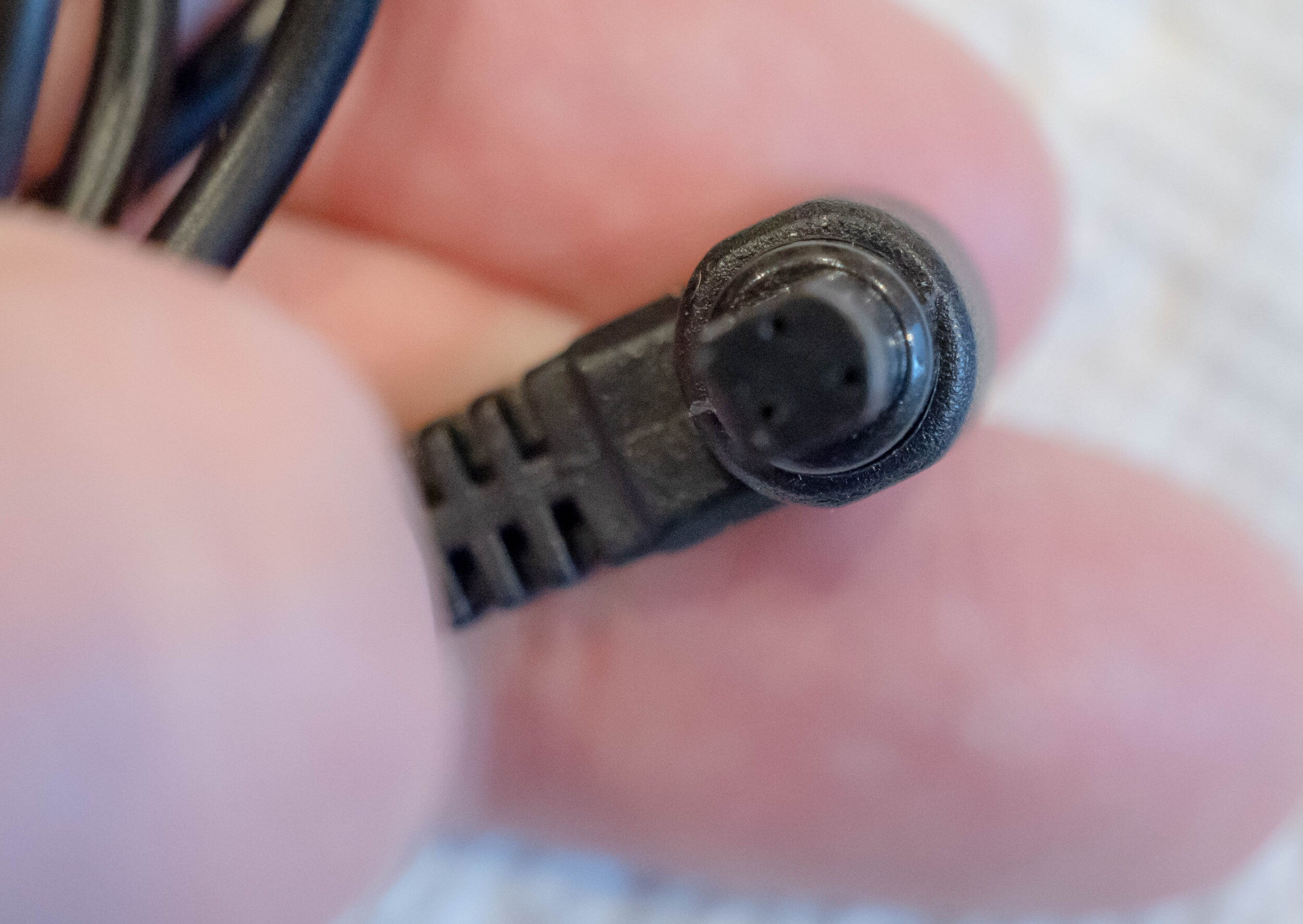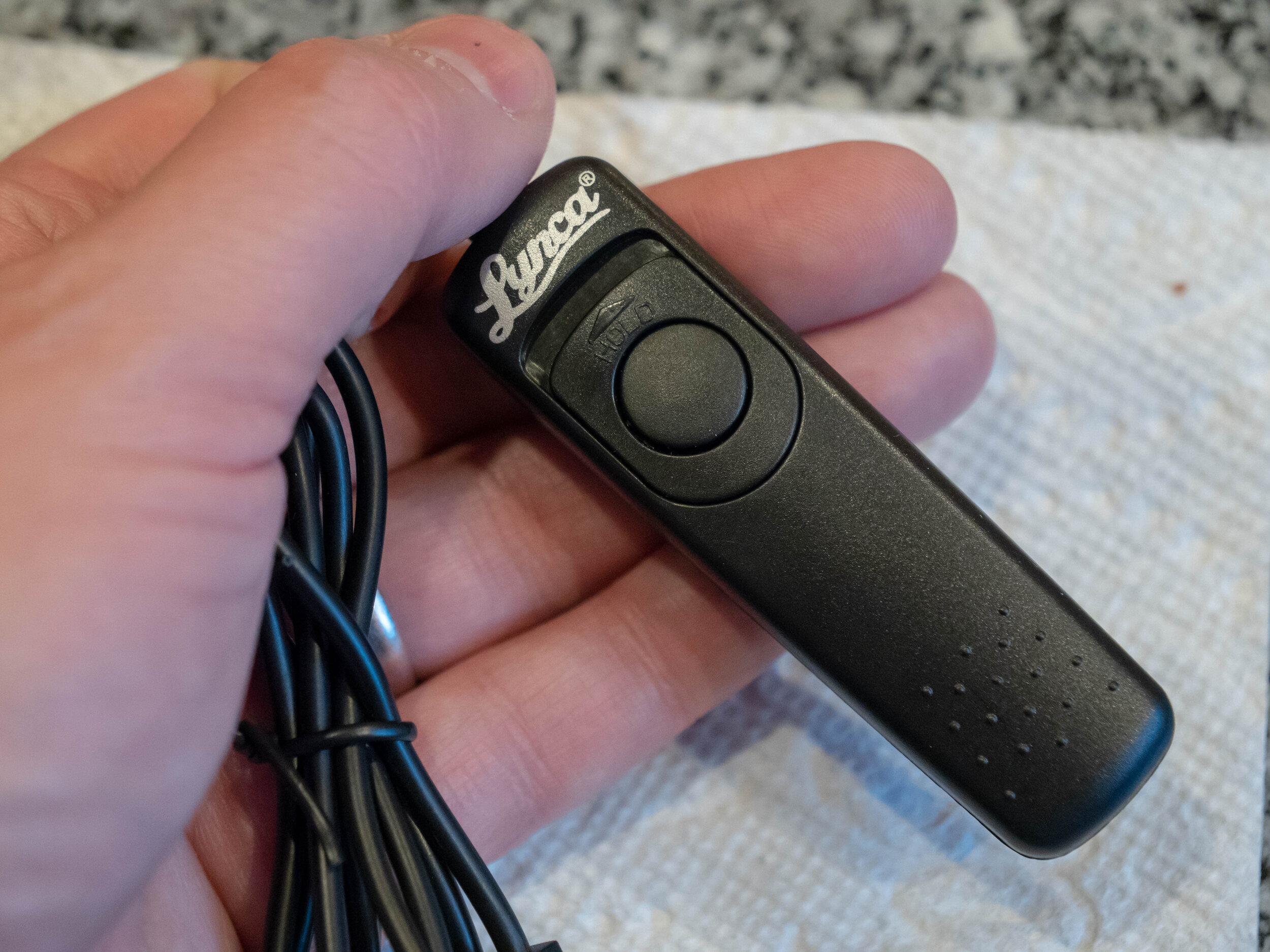Automating a Canon camera with an Arduino - Part 1
So, what I want to do is to be able to push a button on my computer and have that start a process to turn on the right lighting, take a photo with my camera (in this case being used like you would back in the days of a copy stand), and control lights for a few other cameras.My first thought was to look to Canon’s software that lets you shoot in a tethered way. That would work, but it’s a tricky thing to do because you can’t script the software and it has the overall feel of something that’s a good 20 years old, even though it’s still actively being developed.But then I had another idea — why not just use the remote release to handle the process? I don’t need real-time access to the images as they are being taken since I’ll have a lot of automated post-processing I’ll have to do. I can simply collate the images in with the sequence and have fun from there.Next step: I need to control the camera.I guess a simple way would be to just use a remote release. This would would and I could obviously fall back to this if I needed to. But can we automate it? Let’s look at the socket on the Canon. This is a weird plug that’s certainly non-standard and I have no way to source just this. So the next best thing is to pick up something cheap online. I ordered a knockoff remote release from Amazon simply because I could get it reasonably fast with Prime shipping.
Let’s look at the socket on the Canon. This is a weird plug that’s certainly non-standard and I have no way to source just this. So the next best thing is to pick up something cheap online. I ordered a knockoff remote release from Amazon simply because I could get it reasonably fast with Prime shipping. Now all I have to do is throw away most of it!
Now all I have to do is throw away most of it! So how do we talk to the Canon using what’s left?Some folks have posted about the signaling that goes on it’s it’s really, really simple. All you have are two control lines that have pull-up resistors and a ground. To take a picture all you have to do is pull one of the signal lines to ground and your job is done. When you’re not taking a picture you just need to leave theConveniently, I could use something like an Arduino to make this happen!I’ll be documenting step-by-step how I got this working.While this is something that I’m making for my slide scanning project, the same can easily be adapted to do things like take time-lapse sequences or anything that requires automated or semi-automated control of a Canon camera!I also have a Panasonic GH5 that has different signaling, so I’ll put together something for that as well.
So how do we talk to the Canon using what’s left?Some folks have posted about the signaling that goes on it’s it’s really, really simple. All you have are two control lines that have pull-up resistors and a ground. To take a picture all you have to do is pull one of the signal lines to ground and your job is done. When you’re not taking a picture you just need to leave theConveniently, I could use something like an Arduino to make this happen!I’ll be documenting step-by-step how I got this working.While this is something that I’m making for my slide scanning project, the same can easily be adapted to do things like take time-lapse sequences or anything that requires automated or semi-automated control of a Canon camera!I also have a Panasonic GH5 that has different signaling, so I’ll put together something for that as well.